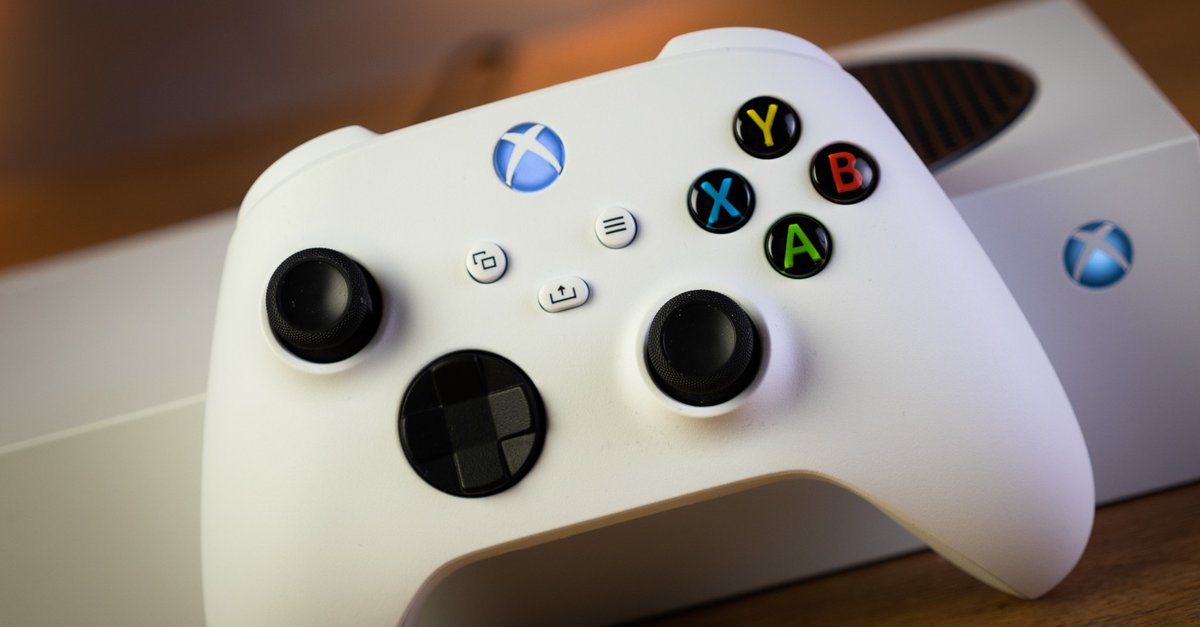Bitcoin generates as much e-waste as the Netherlands annually
One Bitcoin transaction is the equivalent of throwing away two iPhone 12 Minis. This is the result of a current study that approaches Bitcoin’s environmental impact in a slightly different way.
Alex de Vries from the Dutch Central Bank and Christian Stoll, who works for the Massachusetts Institute of Technology (MIT) and the Technical University of Munich, show in a study published in the December issue of the journal “Resources, Conservation and Recycling” it will appear that an enormous amount of e-waste could be associated with Bitcoin.
The fact that the ecological footprint of the Bitcoin blockchain is huge is nothing new. The University of Cambridge has been studying the power consumption of the Bitcoin network for years and is seeing increases every year. From 2020 to 2021 alone, consumption increased by 80 percent. With 128 terawatt hours, Bitcoin is in annual consumption above Argentina.
Now de Vries and Stoll show that energy consumption may not represent the entire problem. Bitcoin mining then creates a completely different problem. According to the authors of the study, a single Bitcoin transaction generates the equivalent of 272 grams of electronic waste. That would be equivalent to the weight of two iPhone 12 Mini. Calculated over the year, Bitcoin mining would produce 30,700 tons of e-waste. That corresponds to the volume of small electronic scrap that is generated annually in the Netherlands. The calculation is based on the 112.5 million transactions processed on the Bitcoin network in 2020.
De Vries and Stoll justify the extremely unfavorable calculation for Bitcoin with the relatively short lifespan of the ASIC processors used for Bitcoin mining. ASIC stands for “Application Specific Integrated Circuits”, translated as application-specific integrated circuit. Special ASICs that are optimized to solve the SHA-256 hash algorithm quickly and effectively are used for Bitcoin mining.
For Bitcoin mining to be as profitable as possible, miners are reliant on always using the latest ASIC chips, the study authors point out. According to their calculations, the mining hardware has a lifespan of 1.29 years before it has to be replaced with current devices.
The devices would then no longer be suitable for other applications, they would fall into the trash can. The authors of the study admit that constellations are conceivable in the future under which the continued operation of older ASIC miners could become profitable again. De Vries and Stoll consider it unlikely that miners would acknowledge these eventualities by keeping their older devices.


